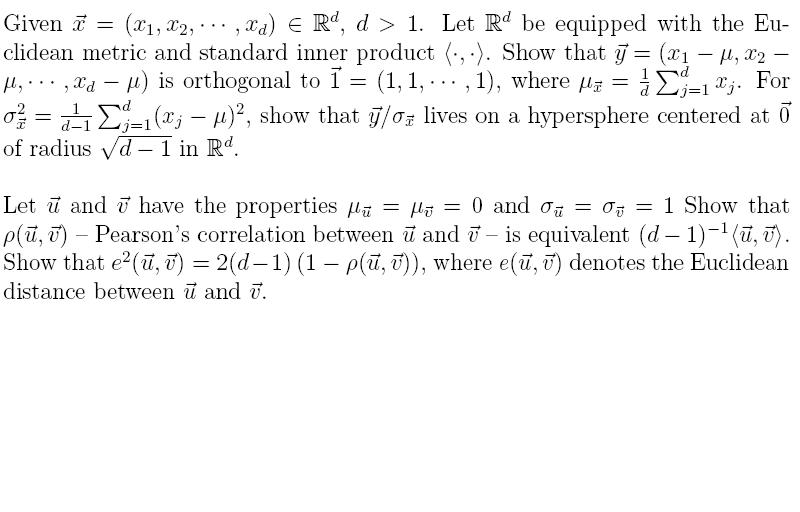
Due 10/14/2004
กก
1. Given the following data:
| A | B | C |
| 0 | 0 | 0 |
| 0 | 1 | 0 |
| 0 | 0 | 0 |
| 0 | 1 | 1 |
| 0 | 0 | 0 |
| 1 | 1 | 1 |
| 1 | 0 | 1 |
| 1 | 1 | 1 |
| 1 | 0 | 0 |
| 0 | 0 | 0 |
Please calculate P(C=1|A=1,B=1)
a. using relative frequency, i.e. without prior probability
b. in Bayesian way, with a uniformly distributed prior probability and equivalent sample size of 1
c. in Bayesian way, with a uniformly distributed prior probability and equivalent sample size of 4.
d. The restriction for a directed graphical model, or Bayesian Network, is that a node cannot be a parent of any of its ancestors. In other words, the graph has to be acyclic, or without close-loops. To find the most possible (directed) graphical model for these data, how many Bayesian Networks (directed graphical models) do we need to compare?
Bonus question: e. Expand your solution in d to N variables: how many Bayesian Networks do we have to compare to find the most probable model based on data of N variables? You don't have to give the exact close formula. If you can find a close upper bound of this number, it's fine. Bottom line: don't spend more than an hour on this problem.
กก
2.
